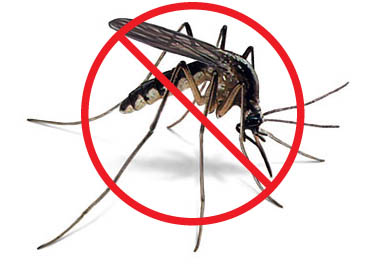Zika virus is one of those current event subjects that grab everyone’s attention. Are we being manipulated in fear because someone is selling something or should I be concerned and take some sort of action? Every one of us can greatly reduce the risk of infection by taking personal accountability of the things we can control. Before we jump into the details, let’s discuss what we do know about Zika.
The Zika virus was first discovered in 1947 in the Zika Forest in Uganda. This virus has been known for quite some time. In our global environment, the speed and the number of people travelling have significantly increased the spread of tropical viruses like Zika.
Mosquitoes are the primary source of transmission of this virus. It should be noted that most individuals will not even know they were infected. “The most common symptoms of Zika are fever, rash, joint pain, and conjunctivitis (red eyes); the illness is usually mild with symptoms lasting for several days to a week after being bitten by an infected mosquito” (source CDC.gov website). The symptoms of Zika virus usually diminish within a few days to a week. Once infected and recover, it is very unlikely to get re-infected.
The main public concern with the Zika virus is the potential for birth defect (microcephaly) of the developing child during pregnancy. Most mothers infected with Zika virus during pregnancy will deliver a normal healthy child. Of all U.S. births, microcephaly occurs about 0.02 percent to 0.12 percent; “For Zika-infected pregnancies, microcephaly risk may be as high as 13 percent” (source: Washington Post, Lena H. Sun on May 25, 2016).
Understanding the life cycle of a mosquito can greatly increase your situational awareness: (1) female lays eggs near or into a container holding water, (2) eggs may hatch within days to month(s) once covered with water, (3) larva/pupae stage between 7 to 10 days.
What are we doing? In our neighborhood we are mosquito spraying just about every other day. It is only effective for adult mosquitos and kills on contact. The mist when settling on vegetation will harmlessly break down and becomes less effective. The coverage area is mainly effective in the front of your home and less effective in the back. The type and application of spraying is intended to kill adult mosquitoes and not be hazardous to people, animals, aquatic life or other beneficial insects.
What can you do? (1) Treating your backyard with an insecticide on occasion can greatly help decrease the population of mosquitoes. Read the product label carefully as it may affect animals or other beneficial insects; (2) repair doors and window screens; (3) at a minimum (once a week – remember mosquito life-cycle above) remove all standing water available to produce mosquitoes: (a) scrub, turn over, cover, or throw out any items that hold water like tires, buckets, planters, toys, pools, birdbaths, flowerpot saucers, or trash containers, (b) tightly cover water storage containers (buckets, cisterns, rain barrels) so that mosquitoes cannot get inside to lay eggs, (c) for containers without lids, use wire mesh with holes smaller than an adult mosquito, and finally (d) use a larvicides to treat large containers of water that will not be used for drinking and cannot be covered or dumped out. And finally (4), use a repellant on skin and clothing to minimize your risk of getting bit by a mosquito.
Did you know HCPHES investigates complaints that may violate the Texas Neighborhood Nuisance Abatement Act? For more information, GOOGLE “Harris County Neighborhood Nuisance” to find out more.

0 Comments